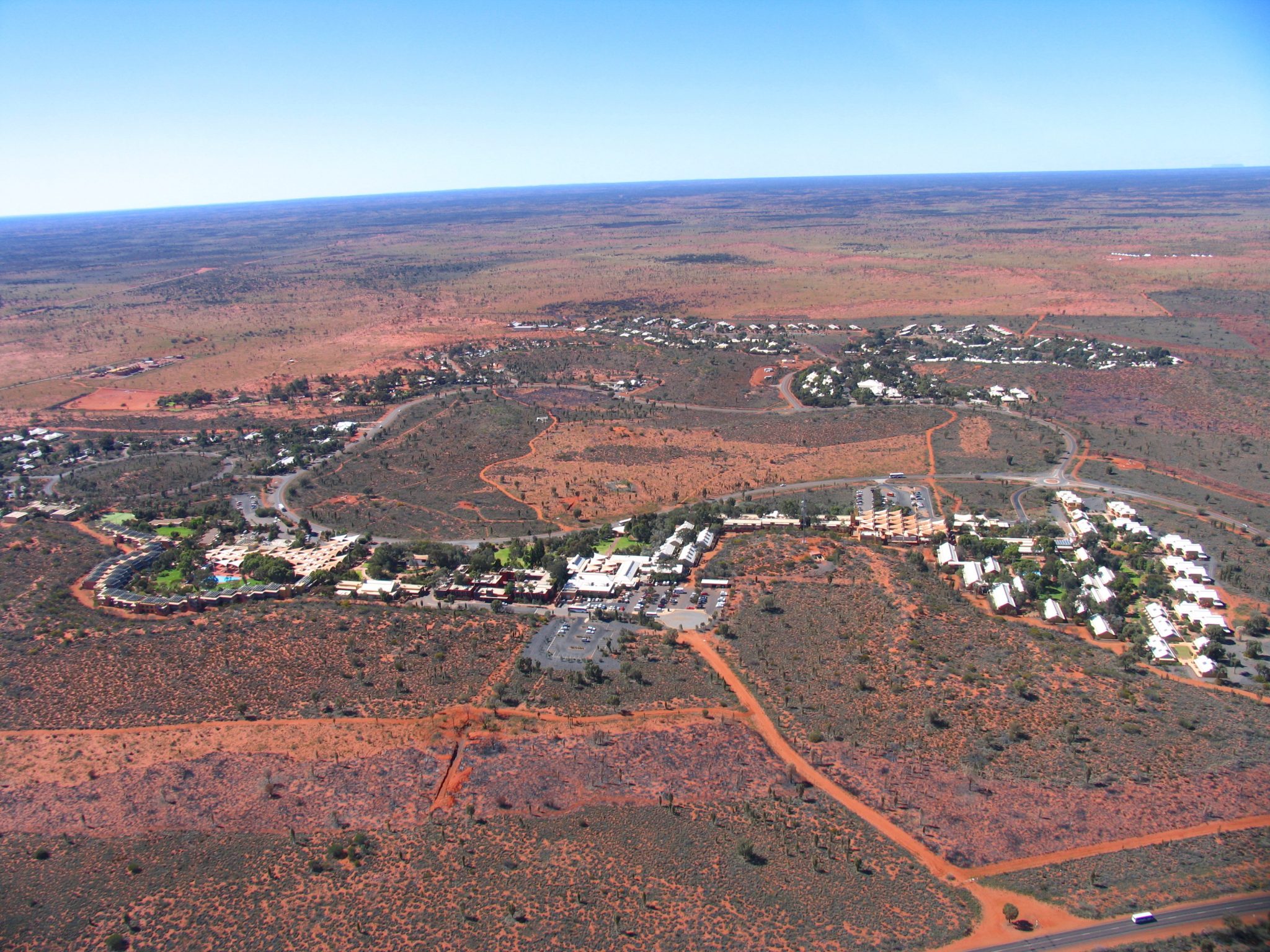AAP
Life expectancy for Indigenous Territorians has risen by more than a decade since 1967, but the health divide with other Australians won’t be bridged unless disadvantage in remote communities is curbed, a study has found.
Researchers analysed NT death data over the 45 years to 2012 to find life expectancy improved for Aboriginal people by more than 11 years for men and nearly 15 years for women.
It shows the gap in life expectancy between Aboriginal people and other Australians living in the NT declined by nearly five years for women, but increased by one year for men.
Between 2008 and 2012, NT Aboriginal men were expected to live until 64, compared to 80 for those in the general population.
The Indigenous female Territorian life expectancy was 68 during that time, compared to other Australian women who were expected to live to 85.
That difference is due to chronic diseases caused by poverty including heart disease, diabetes and lung cancer.
From the late 1960s to early 1980s, life expectancy of indigenous Territorians increased rapidly as advances in nutrition, maternal and child care, and infectious disease control reduced infant mortality rates.
After that period, non-communicable diseases became more prevalent in the adult population.




